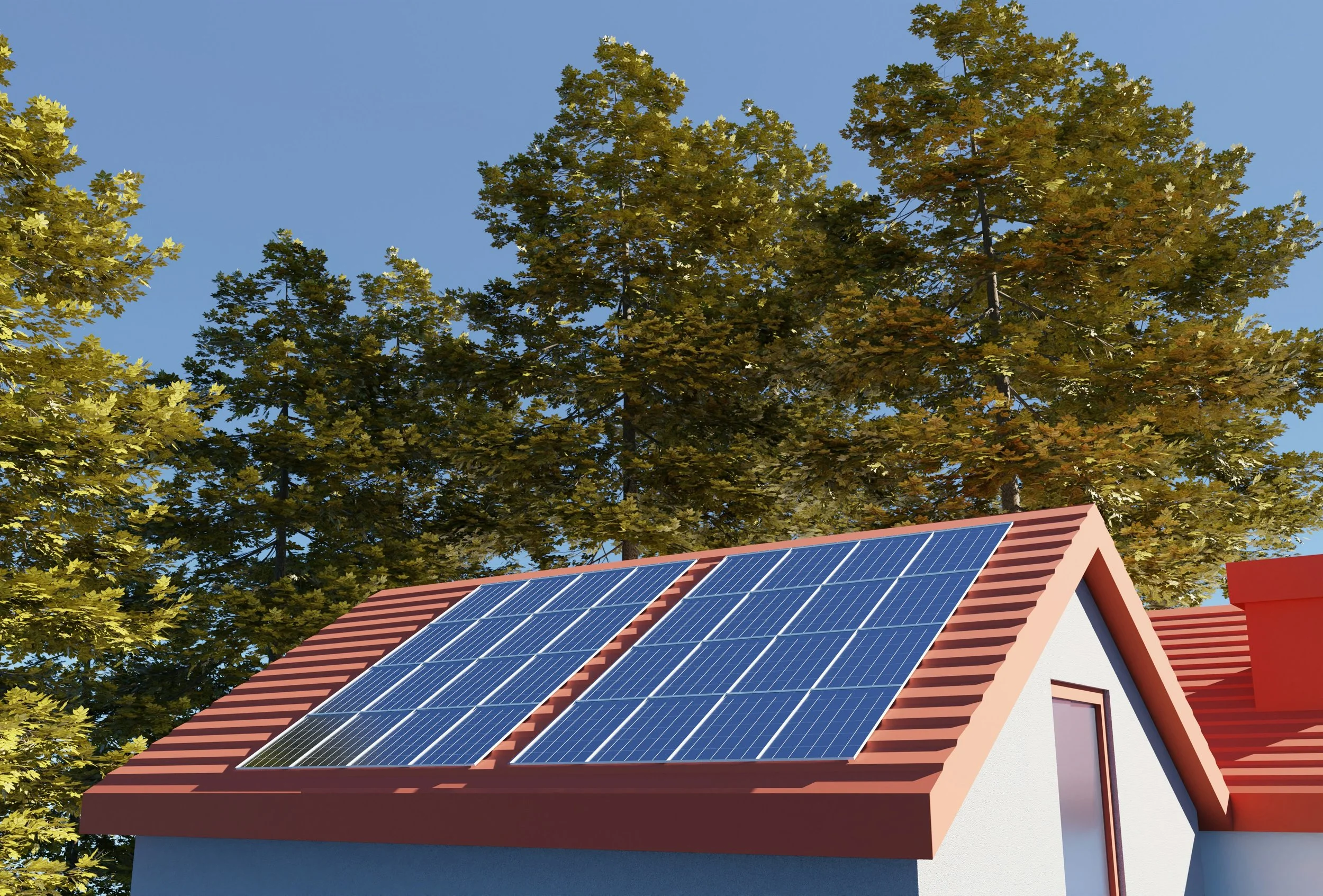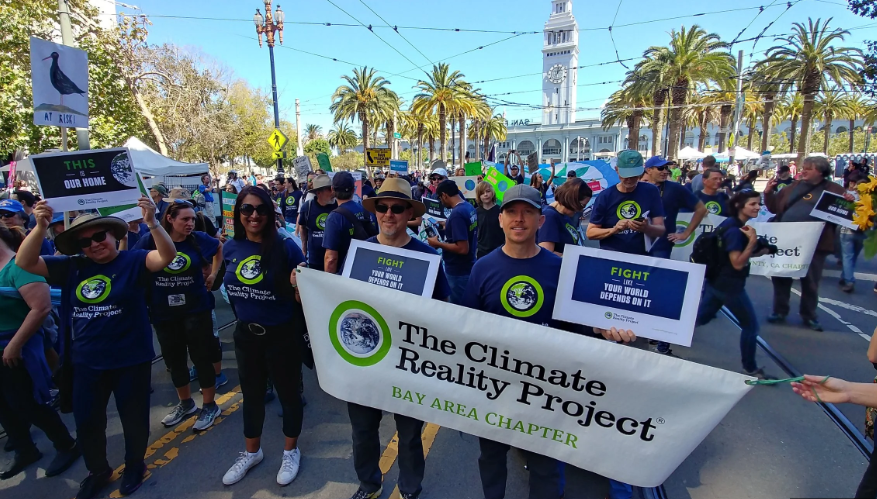California’s Rooftop Solar Fight: What the Supreme Court’s Decision Means for Homeowners
By Keith Nickolaus, PhD, CRBA Writers Team
Summary
California’s rooftop solar policy is under renewed scrutiny. In August 2025, the California Supreme Court ordered a lower court to re-examine the state’s controversial “NEM 3.0” rules, which slashed compensation for solar customers feeding energy back to the grid. The State Court decision gives climate advocates a fresh chance to challenge policies they say undervalue clean energy and harm working families. Keep reading to learn more about the back story, what the ruling means, and what Bay Area homeowners need to know if they’re considering going solar today.
California Home with rooftop solar (source: Unsplash Community Images)
The Backstory
1. Net Metering Basics (for the Uninitiated)
For more than two decades, Net Energy Metering (NEM) has been the backbone of California’s rooftop solar boom.
When homeowners adopt rooftop solar, Net Energy Metering allows utilities to measure how much excess net energy the homeowner either contributed to the grid, or how much they consumed in excess of what they generated.
Along with Net Energy Metering, NEM agreements were established by the California Public Utilities Commission (CPUC).
From NEM 1.0 to NEM 3.0
NEM 1.0
Under the original NEM agreements adopted in the late 1990s, known as NEM 1.0, homeowners who generated more electricity than they used could receive full retail credit for the extra electricity they fed back into the grid. In short, NEM 1.0 functioned as a significant incentive to drive the adoption of a new clean energy solution.
NEM 2.0
As solar installations multiplied, state regulators revised the system with NEM 2.0 in 2016. Under NEM 2.0 the credits earned, only calculated based on net usage over a fixed 12-month period,were valued at a lower wholesale generation rate, further decreasing the incentives, compared to NEM 1.0. Essentially, under NEM 2.0 a homeowner pays zero electricity unit costs if they generate as much as or more than they consume (over the fixed 12-month period), but pay any difference if they consumed more than the credits they generated during that period (referred to as the 12-month “true-up”).
NEM 2.0 also added some low, monthly grid connectivity and maintenance cost fees that also chip away at the benefits for homeowners.
Despite the diminished incentives, NEM 2.0 still offered some pretty significant paybacks and helped propel California to more than 1.7 million solar rooftops, the highest in the nation. And, in recent years, as utility rates have increased sharply, the benefits for homeowners with NEM 2.0 agreements have likewise increased.
NEM 3.0
Then came NEM 3.0, approved by the California Public Utilities Commission (CPUC) in December 2022. NEM 3.0 became the governing agreement for customers who completed their solar projects and opened NEM agreements with PG&E after April 1, 2023.
This new policy replaced retail-rate net metering with what’s called a “Net Billing Tariff.” Instead of earning the same rate utilities charge for electricity, customers now get paid based on the utility’s “avoided cost” — a complex calculation of what that power is worth to the grid at that specific hour. For many households, that meant a 70 to 80 percent drop in credit value for exported solar energy, and homeowners also lost the benefits of the 12-month true-up, negating benefits of any 12-month aggregated generation benefit, as under NEM 2.0, making it more advantageous to install batteries for storage.
Regulators argued the change would encourage more solar + battery systems and reduce the cost-shifting burden impacting non-solar customers.
But climate advocates, consumer groups, and many local governments called it a setback for clean energy equity. They said NEM 3.0 punished households without the means to install batteries and ignored the broader social and environmental value of distributed solar — from reduced transmission costs to cleaner air.
Some interest groups also claimed the CPUC was too quick to downplay or dismiss these public interest benefits when approving the phase-in of NEM 3.0 — concerns that ultimately led to a lawsuit against the CPUC.
2. The NEM 3.0 Lawsuit — A Win for Accountability
The dispute over the CPUC’s approval of NEM 3.0 led three organizations — the Center for Biological Diversity, Environmental Working Group, and Protect Our Communities Foundation — to sue the CPUC.
The three groups claimed the commission violated state law by undervaluing rooftop solar benefits and failing to ensure fair access for low-income communities.
Initially, this suit was rejected, on the grounds that the court lacked authority to regulate a body like the CPUC. Then, in August 2025, the California Supreme Court stepped in and rebuked the lower court ruling.
To be clear, the CA Supreme Court never ruled on whether the CPUC action, allowing the adoption of NEM 3.0, was right or wrong. But, it did say that the lower court had given the CPUC too much deference, asserting that courts have an important role to play in reviewing such actions.
This means the fight over fair solar valuation isn’t over, but it is a win for citizens seeking to hold the CPUC to account — and the outcome could influence not only rooftop solar economics but also future utility oversight statewide.
“This decision confirms that the CPUC must explain itself when it undermines clean energy progress — the era of rubber-stamping utility decisions is over.”
3. What the Supreme Court Case Could Change
If the Court of Appeal ultimately finds that the CPUC undervalued solar benefits, parts of NEM 3.0 could be revised or repealed. That might restore stronger compensation for new solar adopters — and renew momentum toward California’s clean energy goals.
For now, NEM 3.0 remains in effect, but this case signals growing momentum to hold regulators accountable for climate-aligned decisions.
The CRBA Writers Team pledges to share climate truths you can trust — not noise.
Sharing information grounded in facts, science, reputable media, and cited openly, our work cuts through disinformation to empower our community toward climate action and justice.
PART 2: Current Residential Solar Landscape (Under NEM 3.0)
For Bay Area residents thinking about adding rooftop solar now, the landscape looks very different than it did just a few years ago.
Since NEM 3.0 took effect in April 2023, new solar customers no longer receive credit for the extra power they send to the grid.
For many Bay Area households, this shift makes the decision to go solar less appealing, at least from a strictly economic standpoint. However, as more residents adopt solar that’s more clean energy and less stress on the grid…
Tax Credits for Solar
Even with new rate rules making solar math more complicated, a few key incentives still help homeowners cut costs. Here’s a quick rundown of what’s available, who qualifies, and when these programs are set to expire.
The federal 30% tax credit remains available through 2025, and local programs like DAC-SASH and SGIP still offer meaningful help for income-qualified residents or those adding battery storage.
Solar Incentives at a Glance
🏛️ Federal Investment Tax Credit (ITC)
Covers 30% of total system cost — panels, inverters, and batteries.
Applies to homeowners who own their systems (not leases or PPAs).
Eligible for primary or secondary U.S. residences.
Expires: 30% credit through 2032, drops to 26% in 2033, 22% in 2034, then ends for homeowners.
Bonus: Stand-alone batteries now qualify too.
🌞 California Programs
DAC-SASH: Up to ~$3 per watt rebate for low-income households in designated disadvantaged communities.
SGIP: Rebates for battery storage — higher for wildfire-prone or equity applicants.
Most broad statewide solar rebates have ended, but check with your local utility for battery or electrification incentives.
💡 Quick Takeaway: Even under NEM 3.0, these programs can reduce installation costs — especially when paired with batteries or income-based rebates. But most incentives phase down after 2032.
Homeowner Considerations at a Glance
Keeping in mind that the jury is still out (no pun intended) when it comes to the renewed lower court review of the lawsuit environmental groups brought against the CPUC and the implementation of NEM 3.0, some homeowners may want to move forward with their rooftop solar decision making. Others may want to see what the court rules and if that leads to a change to NEM 3.0 or new agreement requirements the utilities must follow…
In the meantime, here are a few very preliminary factors to consider on your way to deciding if a rooftop solar is a good project for your residence:
Roof readiness: age, shade, and orientation.
System sizing: align with annual consumption.
Battery inclusion (and what this costs, minus potential cost-cutting incentives): critical for maximizing savings under NEM 3.0.
Utility timeline (PG&E can be quite slow in the approval process): 6–12 weeks from application to interconnection.
Payback modeling: longer (≈ 10 yrs) but offset by tax credit + storage savings.
Policy risk: rules may change pending the new Court of Appeal review.
What You Can Do
Check out these utility watchdog groups — they provide you with ready sources of information and quick and easy ways to fight back:
TURN.org — A state-wide consumer advocacy network focused on California utilities, including PG&E
Solar Rights Alliance — A nonprofit association of California solar users
Join our SF Bay Area Chapter — Become an informed climate activist and get connected with others, to amplify your voice and impact.
Join one of our Policy Action Teams — be part of the conversations and actions shaping local climate policy.Learn more about how to get involved with our work — and find how to use your unique gifts and skills for the planet.
Subscribe to Our Newsletter — stay connected and don’t miss out on events, gatherings, or actions.
Be a guest contributor to the CRBA blog pages: Share your own rooftop solar story with the CRBA Writers Team (crbawriters@gmail.com) and let your experience inform and/or inspire other residents in the Bay Area and beyond! You can also share an experience or insight by commenting on the post!
Final Thoughts
California’s rooftop solar story is unfolding as we speak thanks to the State Supreme Court directive affirming the lower court’s authority to hold regulatory commissions like the CPUC to judicial scrutiny.
At the same time, there are still some incentives in play to help homeowners offset some installation costs despite the major cutbacks to incentives ushered in by NEM 3.0.
For homeowners still on the fence when it comes to rooftop solar, it’s a hard time for decision making — with the fate of NEM 3.0 potentially up in the air pending how the low suit now proceeds.
The good news is that the State Court set a clear precedent that is a win when it comes to enabling citizen action and oversight in response to regulating bodies like the CPUC, so these commissions can be held to a higher level of accountability when making decisions that fail to serve the greatest good for Californians and for mother nature.
Author Bio
Keith Nickolaus is a communications professional and former educator based in Berkeley. As leader of the CRBA Writers Team, he works to amplify community voices and is passionate about informing and inspiring climate action across the Bay Area.
Background Sources
CalMatters: “California Supreme Court Rules on Net Metering Cuts.”
Environmental Working Group press release: “Huge Win — CA Supreme Court Orders Re-Review of CPUC’s Anti-Solar Decision.”
California Supreme Court docket S283614 (Local Clean Energy Alliance et al.).
Renewable Energy World: “Court Hands Victory to Rooftop Solar Owners.”
Law of Renewable Energy Blog: “Standard of Review Applicable to CPUC Decisions.”
SolarRights.org — NEM Contract Protections



